Ten Fixes for Small Part Manufacturing Pain Points
Precautions Machinists Can Take to Avoid Common Pitfalls
Professional machinists working on small parts hate when they hit pitfalls negatively impacting the final part. Due to the smaller size of the parts, there are some watchouts to consider since small issues can create big problems. Here are some common pitfalls and the precautions machinists take to avoid them:
1. Tool Deflection
- Pitfall: Small tools are more prone to deflection, leading to inaccurate cuts and poor surface finishes.
- Precaution: Machinists choose rigid tooling, reduce cutting forces by using high-speed machining techniques, and optimize toolpaths to minimize tool deflection.
2. Chip Control
- Pitfall: Inadequate chip control can result in chip recutting, poor surface finishes, and damage to delicate features.
- Precaution: Machinists use proper cutting speeds, feeds, and chip breakers to ensure effective chip evacuation. Specialized coatings or lubricants also aid chip control. Some popular coatings included nitrides like TiN, TiCN, TiAlN, AlTiN, ZrN and diamond coatings. Many different water- or oil-based lubricants also help manage chip control. Contact your lubricant rep for the best options for your needs.
3. Workholding Challenges
- Pitfall: Holding small parts securely can be challenging, leading to vibrations, misalignment, or part damage.
- Precaution: Machinists use custom fixtures, precision collets, and magnetic or vacuum workholding systems designed for small parts. They ensure that the workholding solution is robust and minimizes part movement during machining..
4. Tool Wear and Breakage
- Pitfall: Small tools are more susceptible to wear and breakage due to increased tool pressure.
- Precaution: Regular tool inspection and replacement are essential. Machinists carefully monitor cutting parameters and use high-quality, appropriately sized tools. They also consider tool material and coatings for extended tool life.
5. Coolant Considerations
- Pitfall: Inadequate cooling can lead to overheating of small tools, affecting both tool life and part quality.
- Precaution: Machinists use appropriate coolants and lubricants to dissipate heat efficiently. They may also consider minimal lubrication or dry machining techniques when applicable.
6. Programming Challenges
- Pitfall: Programming small parts can be intricate, and errors in code may lead to tool crashes or incorrect dimensions.
- Precaution: Machinists carefully review and simulate CNC programs before execution. They use CAM software to generate efficient toolpaths, taking into account the intricacies of small part machining. Metrology and QA play a large role in minimizing operator error.
7. Material Selection
- Pitfall: Some materials can be more challenging to machine at a small scale due to their properties.
- Precaution: Machinists choose materials suitable for small part machining and consider factors like hardness, machinability, and thermal conductivity. They may also adjust cutting parameters based on the material being used.
8. Tool Runout
- Pitfall: Excessive runout can lead to poor surface finishes and increased tool wear.
- Precaution: Machinists regularly check and maintain the spindle, toolholder, and cutting tool to minimize runout. Precision tooling and tool balancing may also be employed.
9. Tolerances and Quality
- Pitfall: Achieving tight tolerances can be challenging with small parts.
- Precaution: Machinists pay meticulous attention to quality control, use high-precision measuring tools, and implement in-process inspections to ensure that small parts meet specified tolerances.
10. Communication and Documentation
- Pitfall: Incomplete or unclear documentation can lead to misunderstandings and errors in the machining process.
- Precaution: Machinists communicate effectively with engineers and colleagues, ensuring that drawings and specifications are thoroughly understood. Clear documentation and standard operating procedures help prevent mistakes.
By understanding and addressing these pitfalls, machinists can consistently produce high-quality small parts with precision and efficiency. Continuous learning, attention to detail, and experience contribute navigating the challenges inherent in machining at a small scale. Contact your LeBlond representative for more details on best practices, improving quality or submit your question directly by submitting a request through our online form or call (888) 532-5663 and select option 2.


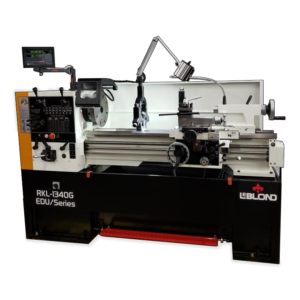
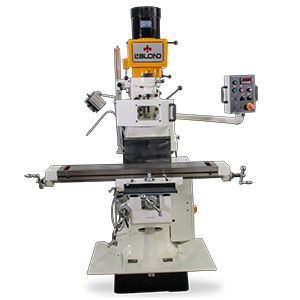
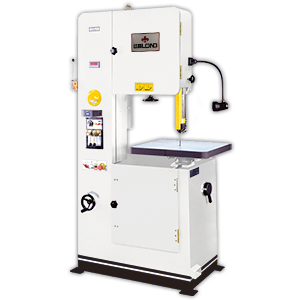
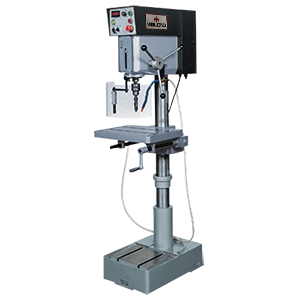
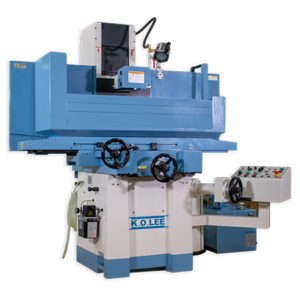
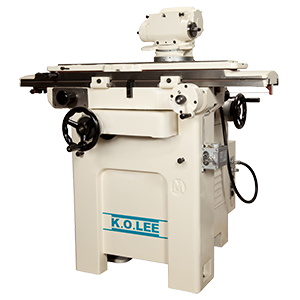


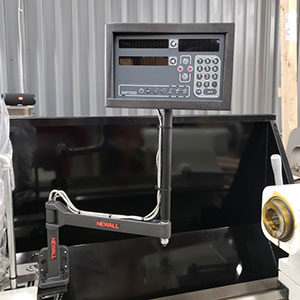

I am making a professional presentation at CALPOLY SLO here in California this June.
Can I use some of these presentations you have been sending me for training at the conference in June?
The conference will take place in the CALPOLY SLO (San Louis Obispo) Manufacturing Engineering Department and is an annual training conference for high school and community college manufacturing instructors here in California.
My part of the conference is to provide curriculum and hands on instruction related to basic manual machining in high school and community college “shop” programs.
John J. Chocholak – CITEA.org
Cell. 707-326-5324
Board Member – California Industrial and Technology Teachers Association (CITEA)
Board Member – Manufacturing Technology Teachers Association (MTTA)